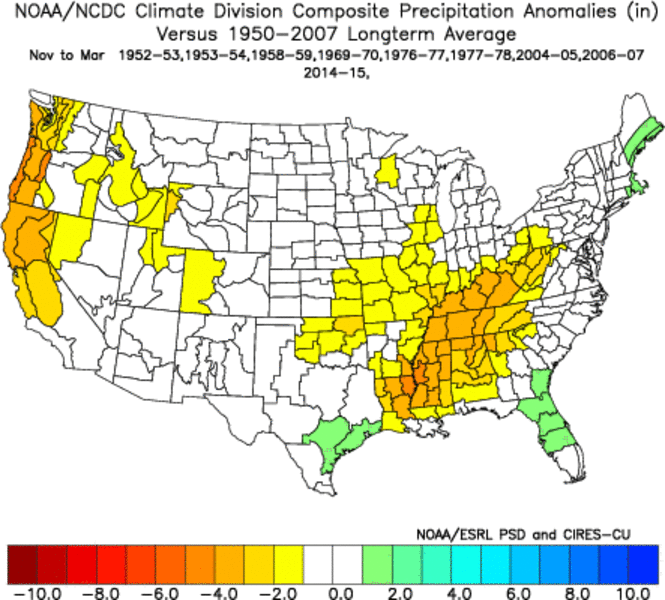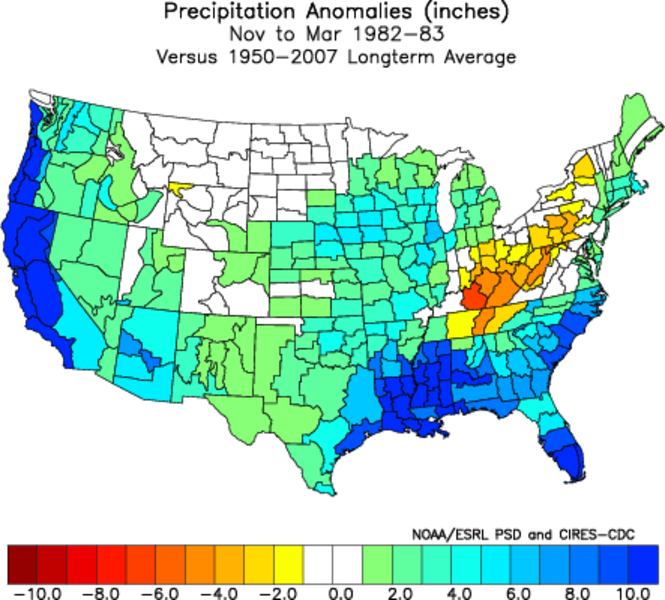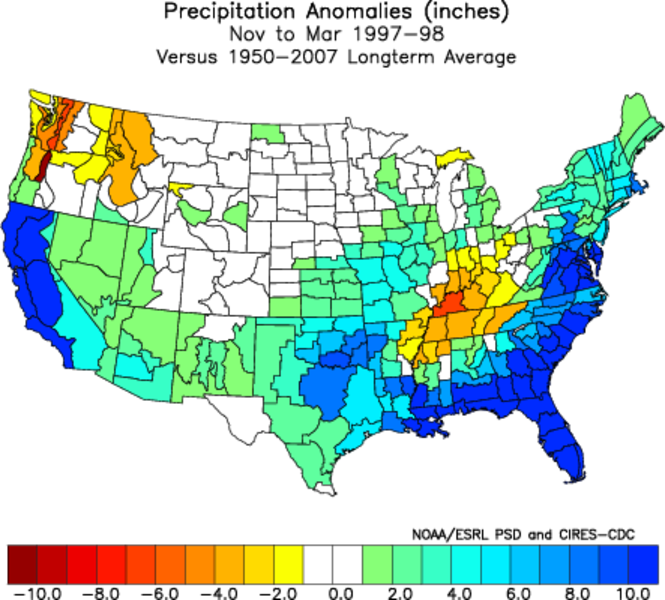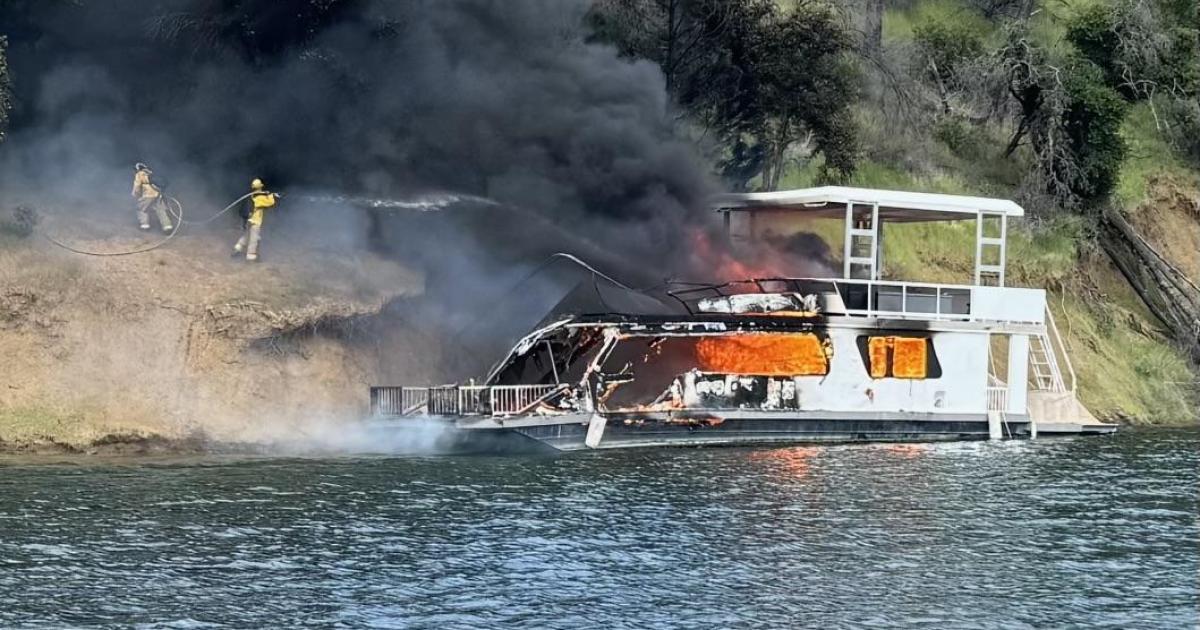Chance Of Torrential El Nino Rains Increases, Drought Relief Possible But Not Guaranteed, Yet
SAN FRANCISCO (CBS SF) -- The chance of a strong El Nino, one nearly guaranteed to bring significant, torrential, even damaging rainfall for weeks on end is now much higher, with an 85-90 percent chance of some sort of El Nino continuing through the winter, and the National Weather Service now confirming indicators lean toward this being a strong El Nino.
"I think this is the most promising sign of a wet winter in California in nearly 20 years," said KPIX 5 Meteorologist Paul Deanno.
The strength of the condition is what matters.
San Francisco gets 22 inches of rain in an average year, and even less--19 inches-- in a weak El Nino.
In a strong El Nino, though, San Francisco has received 26 inches of rain historically.
But here's where things get really interesting.
In a rare "very strong" El Nino, San Francisco received double its normal rainfall, a devastating 43 inches of rain. It's happened twice in recorded history, the winter of 1982-1983, and the winter of 1997-1998.
Forecasters rely on multiple computer models that attempt to predict the future ocean temperatures for the Pacific. Right now, more and more models show the sea temperatures will continue to soar, even going 3 degrees above average, which would likely trigger intense rainfall. An El Nino is a build-up of warmer ocean temperatures in the Eastern Pacific, otherwise known as the West Coast, with the warmest bulge at the equator, and warm temperatures spreading north and south.
While no one can ever perfectly predict climate, if a very strong El Nino sets up, California's history shows in these years, we are in for not only a wet winter, but a devastating one with potentially billions of dollars of damage in flooding, breaches levees, wind damage, and deaths.
Even with that much rain, climatologists still say it would take multiple El Nino winters to officially end the drought.
Compare these graphics compiled by meteorologist and El Nino scientist Jan Null (More on El Nino myths and facts on his website)
The first is last year, followed by the torrential rain conditions of a "Very Strong El Nino" in 1982-83 and 1997-98.






